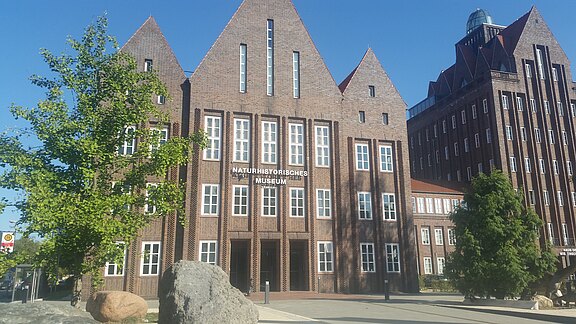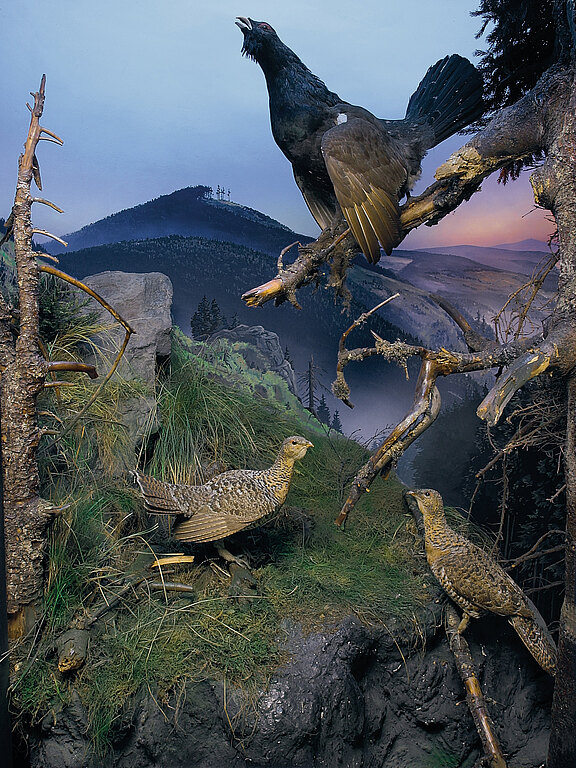| Established: | 1754 |
| Founder: | Charles I, Duke of Brunswick-Lüneburg (1713 – 1780) |
| Origin: | Art and natural history collections of the Dukes of Brunswick (17th and 18th centuries) |
| Number of objects: | approx. 550,000 to 600,000 objects |
| Focus of the collections: | Zoology and palaeontology (molluscs, echinoderms, insects, reptiles, ichthyosaurs, dinosaurs, birds) |
| Annual visitors: | ca. 60.000 to 80.000 |
| Highlights: | One of the oldest natural history museums in the world; largest bird collection in Lower Saxony of international importance; most important reptile collection in Lower Saxony; large regional collection of molluscs and insects; important collections of Pleistocene cave finds and Jurassic fossils (insects, invertebrates, ichthyosaurs, dinosaurs) from Lower Saxony; extensive collections of fossil echinoderms worldwide. The collections include a large number of type specimens of modern and extinct species, as well as of some meteorites. |




